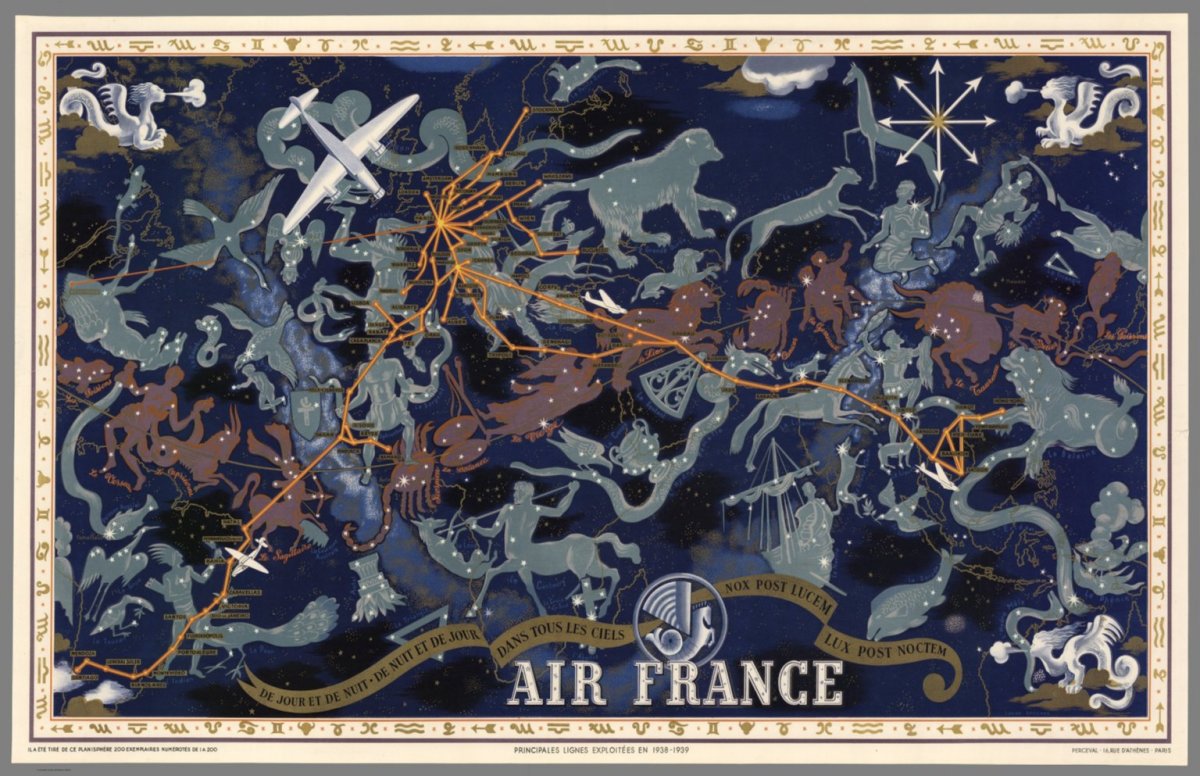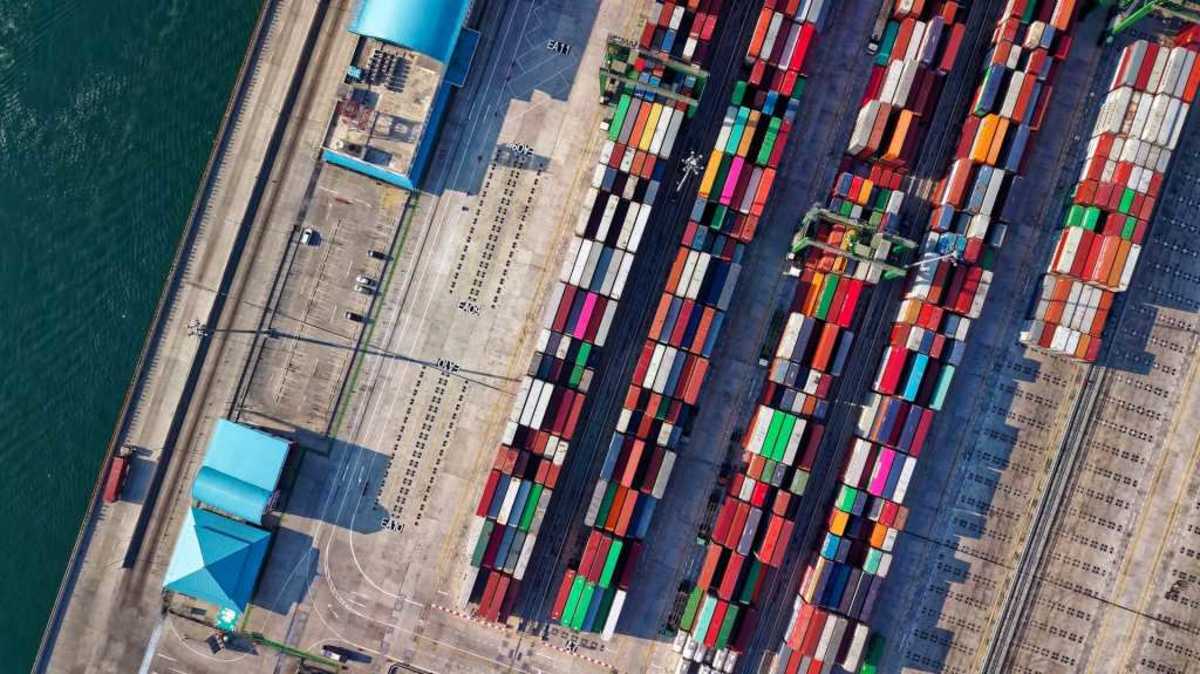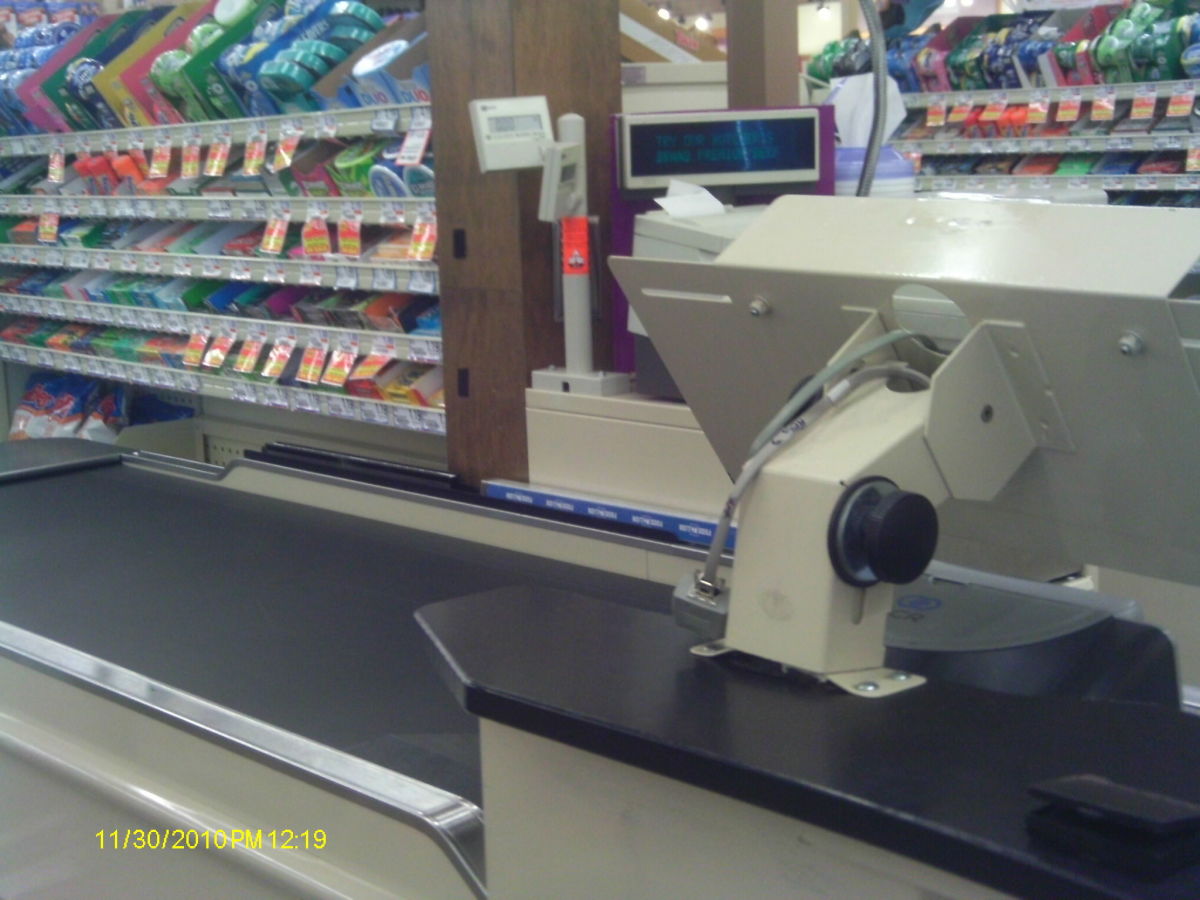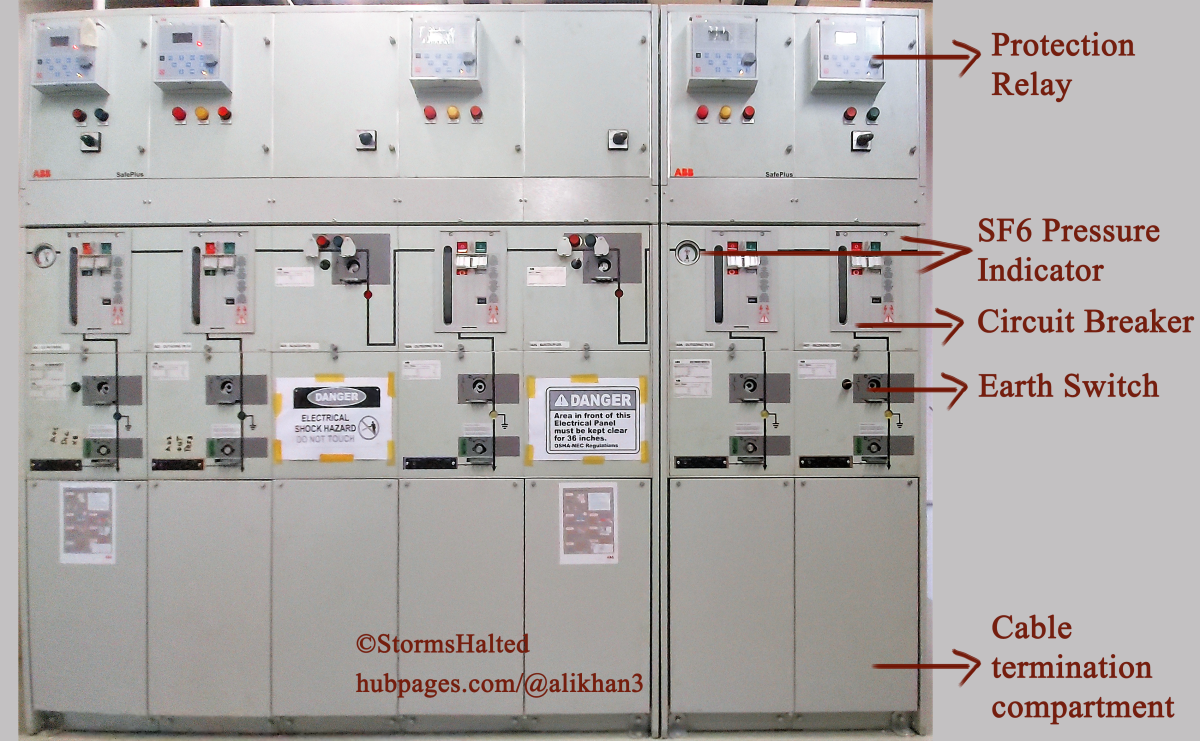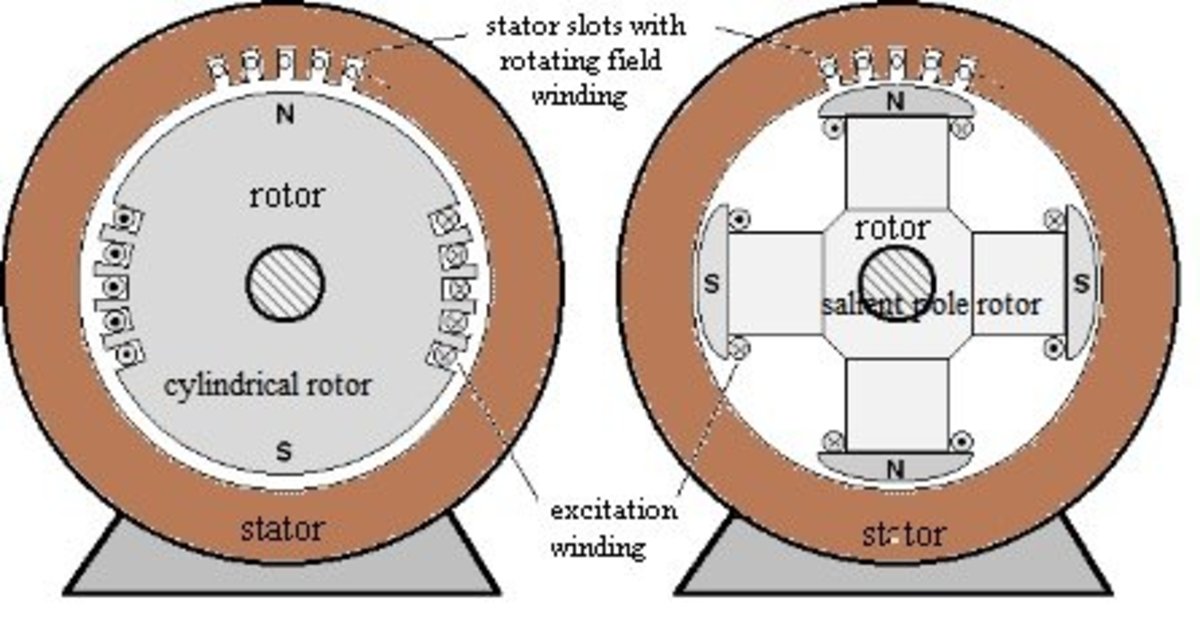Hyperloop: Taking Transportation to Next Level
The world has been using a diversified Modes of Transport by which people and freight achieve mobility. They fall into one of three basic types, depending on over what surface they travel – land, water, and air. Elon Musk, CEO of TESLA MOTORS and SPACEX and Co-founder of PAY-PAL, took the transportation to another level by proposing on August 12, 2013, the idea of Hyperloop Transportation.
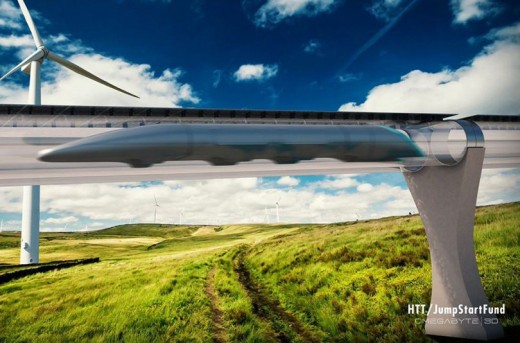
Hyperloop Transportation would be a fully self-sufficient system that depends on renewable energy, to provide enough energy to power the system. The Hyperloop Transportation is intended with safety as a primary goal. The Hyperloop allows construction and operation prices that are considerably under the other mass transport system. These reduced prices translate directly into cheaper price ticket costs, connecting individuals and communities, and providing new economic development.
It contains two huge tubes which will have solar panels on the top for cleaning and self-driving system. It will have pods to carry passengers through tubes at speeds of over 760mph hence reducing time travel. Magnetic accelerators will be planted along the tube to push the pods forward. A low-pressure air in the tubes will surround the pods to allow safe travel of pods at high speeds. A compressor will be installed in front of the pod to move air to the end and this will avoid pressure build up due to air movement.
A competition held at SpaceX on Hyperloop design, in which 100 sample pod designs submitted. Twenty-two teams got a chance to test their designs on SpaceX Hyperloop test track. Best Overall Design was won by Institute of Technology (MIT). The MIT team focuses on safety and speed and also has a fail-brake system. The MIT design uses two arrays of neodymium magnets to maintain the pod in the air and additional has other magnets for stability along the track.
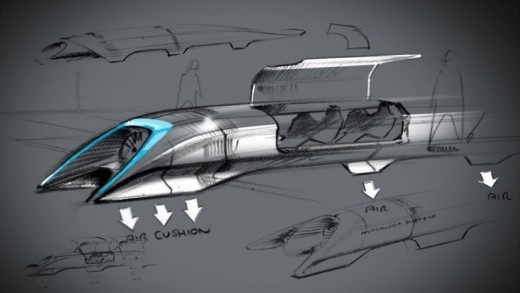
Components of Hyperloop Transportation System
1. Capsule
- Capsules carrying 28 passengers each that travel along the inner of the tube depart on average every 120 seconds.
- The maximum width is 1.35 m and the maximum height is 1.10 m. that is equivalent to a 1.4 m2 frontal area.
- A larger system has also been sized that lets transport of 3 full size vehicles with passengers to travel in the capsule.
- The capsules are separated inside the tube by approximately 23 miles on average.
- The capsules are supported through air bearings that function using a compressed air tank and aerodynamic lift.
2. Tube
- The tube is made of steel. Two tubes will be joined side by side to allow the capsules to travel both directions.
- Towers are placed every 30 m to support the tube.
- Solar panels will cover the top of the tubes in order to provide power to the system.
3. Propulsion
- Linear accelerators are built at various locations to accelerate the capsules.
- Stators are located on the capsules to handover momentum to the capsules through the linear accelerators.
4. Route
- Several stations along the way will be possible with splits in the tube.
- The common route will follow the highway and the tube will be built in the middle

Costs Breakdown
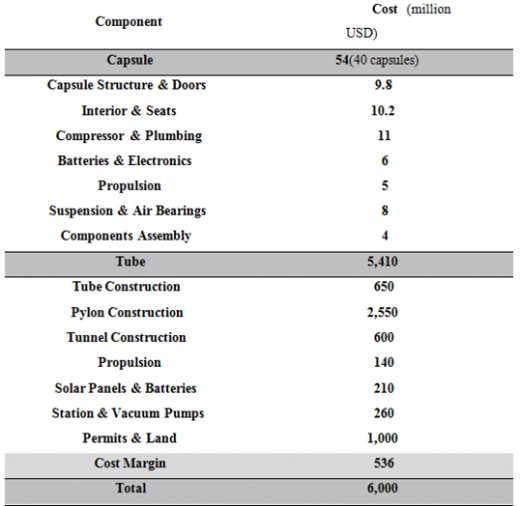
Elon Musk announced this week that it intends to build the world's first Hyperloop system in the United Arab Emirates (UAE), which Hyperloop One says could be ready as early as 2020 Hyperloop One signed an agreement with Dubai's Roads and Transport Authority (RTA) on Tuesday (8/11/2016) to explore the issues surrounding the construction of this high-speed pipeline.
The 159- kilometer (99 miles) route between the cities of Dubai and Abu Dhabi usually takes about 120 minutes by car, but according to engineers at Hyperloop One, a Hyperloop pod could get you there in just 12 minutes – reaching a top speed of 760 mph.
Passengers would reserve a Hyperloop pod online, and seat themselves in a self-driving Hyperpod.
These Hyperpods provide you a variety of choices depending on your needs, such as lounge, meeting, and coach seating configurations. The pods transport passengers to the Hyperloop gateway, and once the passenger are there, they join up in clusters of four, before entering transporter capsules.
Conclusion
Our cities are polluted, our roads are busy, and our travel experiences are now defined by chaos and calamity. Hyperloop is not just about record-breaking speed, it’s about improving the entire transportation infrastructure. It’s time to use resources smartly, travel green, and lower the cost of mass transit for everyone.


